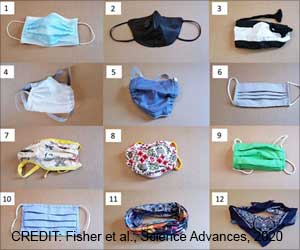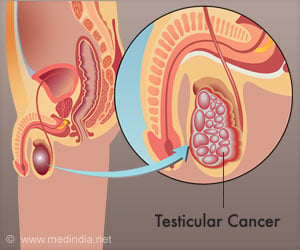Fluoroquinolones - A Review I
Prof Head, Department of pharmacology
NEWER FLUOROQUINOLONES
Pharmacological ASPECTS of NEWER QUINOLONES
MAJOR CLINICAL APPLICATIONS
Pharmacological ASPECTS of NEWER QUINOLONES
Pharmacokinetics / Pharmacodynamics
- Excellent oral absorption
- Good tissue distribution
- Excellent interstitial fluid concentration
- Significant entry into phagocytic cells
- Excellent urinary concentration on oral administration
- Longer plasma half life and o/d drug regimen
- [Grepafloxacin, Sparfloxacin, Trovafloxacin, Moxifloxacin,Gatifloxacin,Gemifloxacin and Sitafloxacin]
The absorption of quinolones are reduced by Antacids containing Al+++, Ca++, Mg++, and Fe++ salts and dairy products . Some of the quinolones are available for IV use viz., Ciprofloxacin, Ofloxacin. Almost all the newer quinolones have excellent tissue distribution and attain high concentration in the interstitial fluid but only a few quinolones viz., Trovafloxacin, Ciprofloxacin, Pefloxacin, and Ofloxacin penetrate blood barrier. Protein binding varies to some extent.
Norfloxacin, Lomefloxacin & Gatifloxacin - Lowest binding
Trovafloxacin, Rulofloxacin & Clinafloxacin – Highest binding
EXCRETION
Similarly quinolones exhibit differences the route of elimination Viz.,
Predominanatlyby Renal elimination include; Ofloxacin, Levofloxacin,Lomefloxacin,Rufloxacin, and Gatifloxacin.
While those predominantly by hepatic elimination include;
DOSAGE AND ADMINISTRATION
Flouroquinolones exhibit concentration dependent killing and therefore adminsitered O/day,twice a day regimen. In animal models a 24 hour AUC/MIC (Area under the concentration-time curve/minimum inhibitory concentration) ratio to be the best predictor of bacterial killing in vivo. With the peak plasma concentration Cmax / MIC ratio being important for some bacteria to prevent emergence of resistance during treatment. Human studies ( and animal models) with ciprofloxacin, Grepafloxacin, and Levofloxacin show that a 24 hrs AUC/MIC ratio of about 100, or a Cmax / MIC ratio of about 10 gives maximum clinical and bacteriological efficacy. These values can be used to predict the efficacy of different agents against different pathogens , and to define" Pharmacodynamic Breakpoints".
DRUG REGIMEN
The dosage schedules for the following quinolones have “Break points” ranging from 0.25 to 1 namely.,
1. Ciprofloxacin 500mg bd
2. Norfloxacin 400mg bd
3. Pefloxacin 200mg bd
3. Ofloxacin 400mg/d or 200mg bd
4. Fleroxacin 400mg/d
5. Gatifloxacin400mg/d
6. Grepafloxacin400mg/d
7. Livofloxacin 500mg/d
8. Lomefloxacin 400mg/d
9. Moxifloxacin 500mg/d
10. Sparfloxacin 200mg/d
11. Trovafloxacin 200mg/d
12. Sitafloxacin 100mg bd











